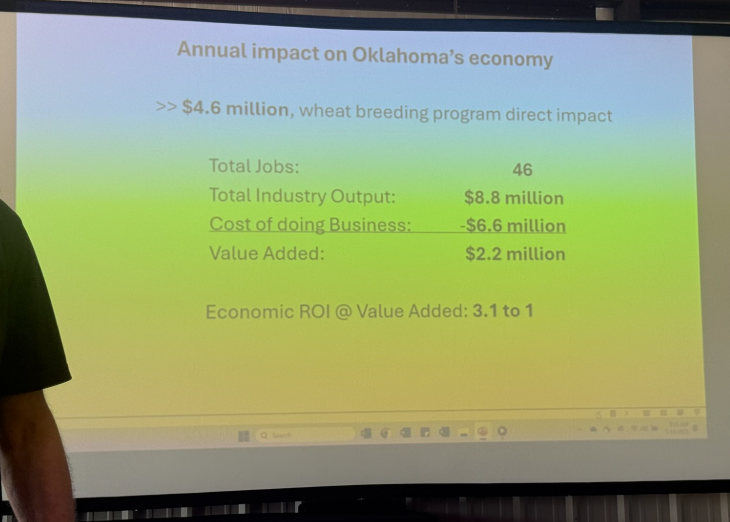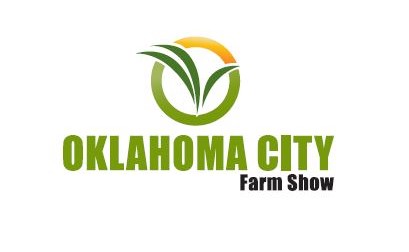
A recent visit to Lahoma Wheat Field Day saw Farm Director KC Sheperd speaking with Dayton Lambert of Oklahoma State University (OSU) about a comprehensive impact analysis conducted on the university’s wheat breeding program. This extensive project aimed to quantify the program’s contributions to the Oklahoma economy and wheat producers.
“We took some publicly available data; we wanted to look at the impact of OSU’s wheat breeding program on the economy of Oklahoma and wheat producers,” Lambert explained, highlighting the scope of the research.
The findings of this analysis revealed a substantial return on investment. “We found that over 16 years, about $78 million returns to that wheat breeding program. If you look at that every year, it’s about $4.6 million,” Lambert stated, underscoring the consistent annual economic benefit generated by the program.

Sheperd inquired about how OSU’s returns compared to those of wheat breeding programs in other states and institutions, a figure that hadn’t been widely publicized before. “Well, I guess no one asked the question,” Lambert responded, leading to a comparison that placed OSU’s impact in perspective.
“The other universities on different programs and crops found really high multipliers of about 20 to one. That means every dollar invested in that program generated about $20 on the back end,” Lambert noted. However, he emphasized the conservative nature of OSU’s findings for wheat. “Ours were much more conservative, so we found about 8.8 to one for wheat. And that’s just looking at raw returns, but when we net out the cost, we get down to about three to one. That’s a really respectable number. It’s conservative – on the low end – but still, it’s a really respectable number.”

The study also traced the broader economic impact within Oklahoma. “It was about 4.6 million, and that investment into the wheat sector trickles down into other sectors of the economy,” Lambert detailed. “We can trace that impact on other things like ag input, suppliers, milling, trucking, real estate, and other parts of the economy that are impacted by wheat.”

When asked about the most surprising aspect of the findings, Lambert pointed to the conservative nature of the calculated returns. “I guess it’s how conservative our numbers are. We’re not capturing everything in that number. There are things like dual purpose, we’re not getting in there. There’s other wheat premium we’re not getting in there. So that number was real conservative.” This suggests that the actual economic benefits could be even more significant than the reported figures.
Lambert provided a clear direction for those interested in delving deeper into this research: “Well, they can have the presentation that we did at the home of the program today.” This presentation likely contains a comprehensive breakdown of the methodology and findings of this important impact analysis, offering valuable insights into the significant role of OSU’s wheat breeding program in the Oklahoma economy.

















